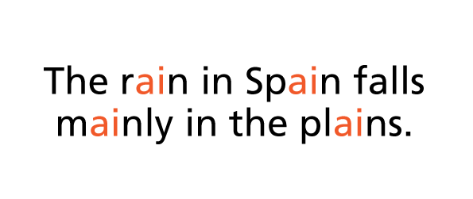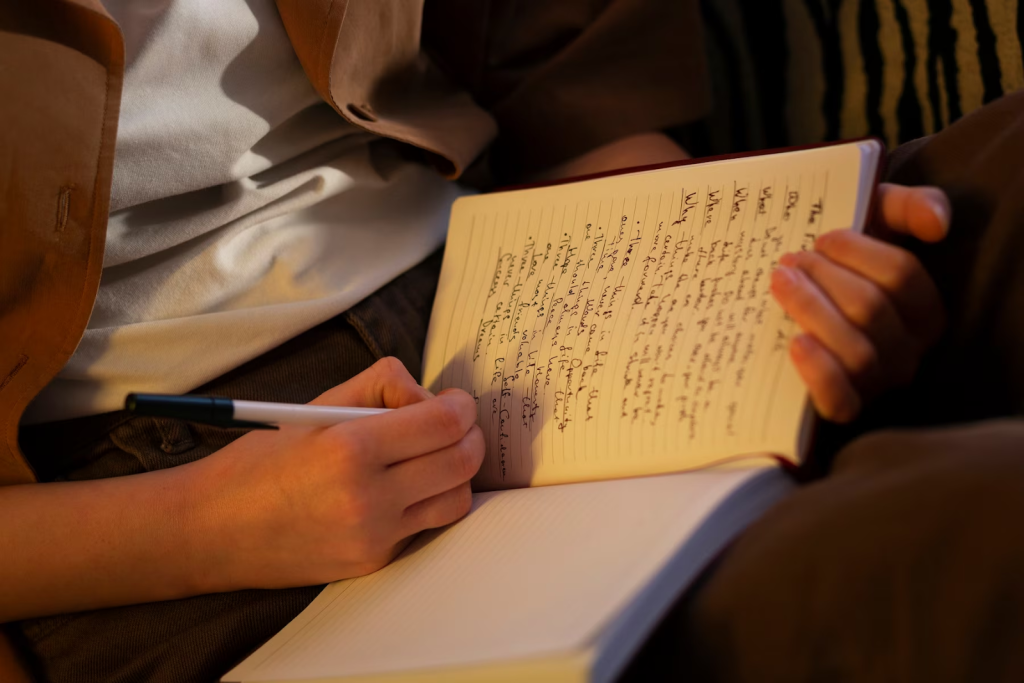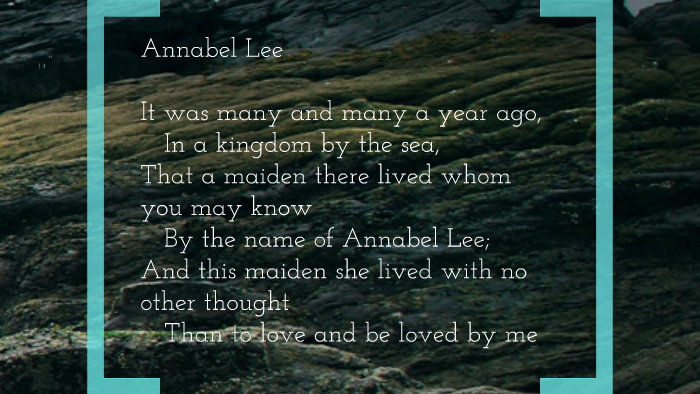If you’ve ever found yourself captivated by the rhythmic flow of words in a poem or song, you might have encountered the magic of assonance without even realizing it.
In this blog post, we’re taking a step back to the basics to talk about assonance – the art of playing with vowel sounds. Plus, we’ll provide easy-to-understand assonance examples that help you understand how words can create harmony.
Table of Contents
What Is Assonance?
Assonance is a delightful literary device that adds musicality and meaning to your words.
It is the repetition of similar vowel sounds within a sentence or phrase, creating a pleasing echo or chime. This technique is often used in poetry and prose to create a musical or rhythmic quality in the language. Unlike rhyme, which involves the repetition of both vowel and consonant sounds, assonance focuses specifically on the repetition of vowel sounds. The purpose of assonance is to add emphasis, evoke certain emotions, or create a sense of harmony and rhythm in the written or spoken expression.

Here are some famous assonance examples in literature:
- “Hear the mellow wedding bells / In the wild woods chime” – Edgar Allan Poe, “The Bells”.
- “The curfew tolls the knell of parting day” – Thomas Gray, “Elegy Written in a Country Churchyard”.
- “Hope is the thing with feathers / That perches in the soul” – Emily Dickinson, “Hope”.
How Can You Use Assonance In Writing?
Using assonance in writing can add a creative and rhythmic flair to your language. Here are a few ways you can use assonance in your writing:
Creating Mood and Tone
Use assonance to evoke specific emotions or set the tone of your writing. For example, repeating soft vowel sounds like “o” and “u” can create a calm and soothing atmosphere, while sharper vowel sounds like “i” and “e” might convey tension or excitement.
- Example: “The mellow, golden glow of the afternoon sun soothed his troubled soul.”
Enhancing Imagery
Employ assonance to paint vivid images with words. By choosing words with similar vowel sounds, you can create a sense of harmony that enhances the visual experience for your readers.

Building Rhythm and Flow
Introduce assonance to improve the rhythm and flow of your writing, making it more engaging for readers. It’s particularly effective in poetry, song lyrics, and prose where a musical quality is desired.
- Example: “The playful breeze weaved through the leaves, dancing with ease.”
Emphasizing Points
Use assonance to draw attention to specific words or ideas, emphasizing key points in your writing. This repetition of vowel sounds can create a memorable and impactful effect.
- Example: “The mysterious manuscript concealed secrets, waiting to be unveiled.”
Crafting Memorable Phrases
Employ assonance to create catchy and memorable phrases. When certain vowel sounds repeat, your writing can be more memorable and resonate with your audience.
- Example: “Ah, look at all the lonely people / Ah, look at all the lonely people.” – “Eleanor Rigby” by The Beatles.
Assonance Examples
Here are 10 assonance examples in both songs and literature, each effectively showcasing the versatility and power of this literary device. Let’s dive deeper into some of them:
Assonance Examples – Song
1/ “Yesterday, all my troubles seemed so far away.” – “Yesterday” by The Beatles.
The repeated “ay” sound (“yesterday,” “way,” “away”) creates a melancholic feel, reflecting the song’s theme of lost love.
2/ “Now that she’s back in the atmosphere with drops of Jupiter in her hair.” – “Drops of Jupiter” by Train.
The “oo” sound in “drops,” “Jupiter,” and “hair” evokes a sense of wonder and mystery, enhancing the song’s dreamy and ethereal quality.
3/ “You could have had it all, rolling in the deep.” – “Rolling in the Deep” by Adele.
The repetition of the “ee” sound (“deep,” “believe,” “meet,” “weak”) adds intensity and urgency to the powerful vocals, emphasizing the emotional depth of the song.

4/ “Picture yourself in a boat on a river, with tangerine trees and marmalade skies”. – “Lucy in the Sky with Diamonds” by The Beatles.
The whimsical combination of “oo” and “i” sounds (“picture,” “boat,” “river,” “tangerine,” “marmalade”) creates a dreamy, psychedelic atmosphere, capturing the surreal imagery of the song.
5/ “Cause, baby, you’re a firework, come on, show ’em what you’re worth.” – “Firework” by Katy Perry.
The short, punchy “uh” sound (“baby,” “come,” “worth,” “burst”) adds energy and excitement, reflecting the celebratory and empowering message of the song.
Assonance Examples – Literature
1/ “Two roads diverged in a wood, and I— I took the one less traveled by.” – “The Road Not Taken” by Robert Frost.
The repetition of the “o” sound (“road,” “took,” “one,” “less,” “travelled”) creates a sense of contemplation and introspection, mirroring the speaker’s thoughtful search for identity.
2/ “So we beat on, boats against the current, borne back ceaselessly into the past.” – “The Great Gatsby” by F. Scott Fitzgerald.
The long “e” sound (“beat,” “boats,” “against,” “current,” “borne”) conveys a sense of struggle and perseverance, reflecting the characters’ relentless pursuit of the American Dream.
3/ “Thou still unravish’d bride of quietness,
Thou foster-child of Silence and slow Time.”
-“Ode to a Nightingale” by John Keats.
The soft, lingering “oo” sound (“bride,” “quietness,” “foster-child,” “slow”) creates a peaceful and melancholic atmosphere, reflecting the poet’s admiration for the nightingale’s song.
4/ “It was many and many a year ago, in a kingdom by the sea,
That a maiden there lived whom you may know by the name of Annabel Lee.”
– “Annabel Lee” by Edgar Allan Poe.
The repetition of the “a” sound (“many,” “year,” “ago,” “kingdom,” “sea,” “maiden,” “know,” “Annabel”) adds a sense of musicality and rhythm to the poem, even as it reflects the tragic nature of the love story.

5/ “Tyger Tyger, burning bright,
In the forests of the night;
What immortal hand or eye,
Could frame thy fearful symmetry?”
– “The Tyger” by William Blake.
The powerful combination of “i” and “y” sounds (“Tyger,” “burning,” “bright,” “forests,” “night,” “eye,” “symmetry”) creates a sense of awe and terror, capturing the majestic and fearsome nature of the tiger.
These assonance examples showcase how assonance is used in various contexts, from classic literature to contemporary song lyrics, to create a rhythmic and melodic quality in the language.
Conclusion
In wrapping up our exploration of assonance examples, it’s clear that this poetic device plays a magical role in shaping the sounds of language. Whether in songs, poems, or everyday phrases, the clever use of assonance brings a rhythmic harmony that captivates our ears and makes language more memorable.
Ref: Grammarly | Wordtips | Vers Libre


